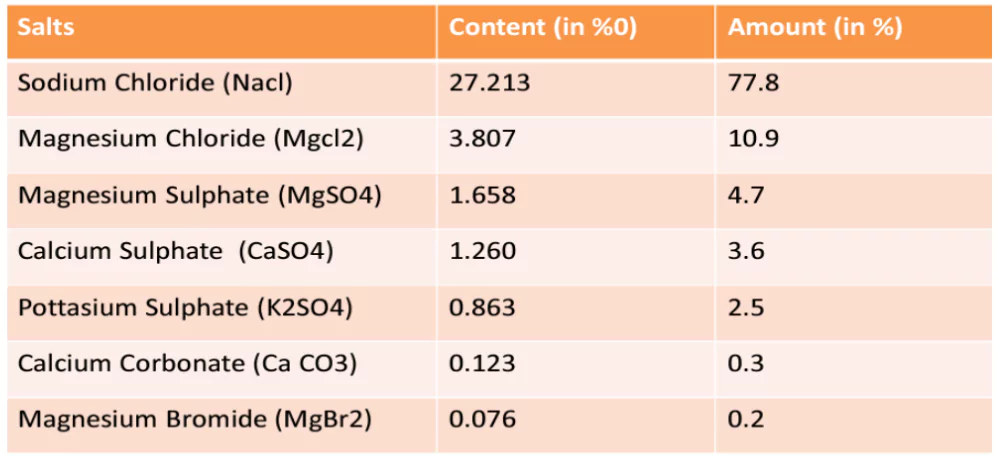![]() May 1, 2024
May 1, 2024
![]() 12652
12652
![]() 0
0
The oceans cover most of our planet, and most of their water is salty. Salinity, the measure of saltiness in seawater, plays a crucial role in shaping our oceans. It reflects the balance between evaporation and precipitation, and the influence of factors like temperature, currents, and water mixing. Understanding salinity helps us comprehend the dynamics of oceanic ecosystems and their impact on climate.

| Highest salinity in water bodies: Lake Van in Turkey (330 o/oo); Dead Sea (238 o/oo); Great Salt Lake (220 o/oo) |

| Must Read | |
| Current Affairs | Editorial Analysis |
| Upsc Notes | Upsc Blogs |
| NCERT Notes | Free Main Answer Writing |
Studying deeper into the Salinity of the Ocean reveals a world of interconnectedness. From the composition of seawater to its distribution around the globe, salinity tells us a lot about how oceans work. By understanding these salty waters, we gain insights into the dynamics of our planet’s blue oceans, guiding our efforts to protect and preserve our precious oceans.
<div class="new-fform">
</div>
Latest Comments